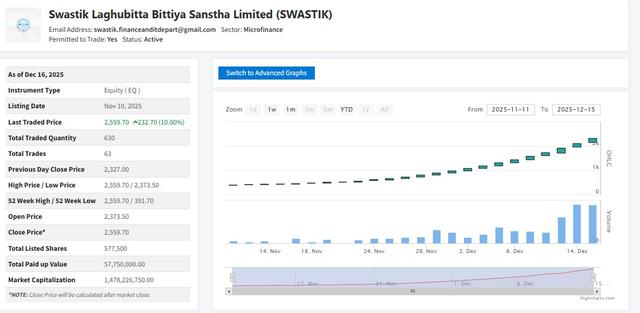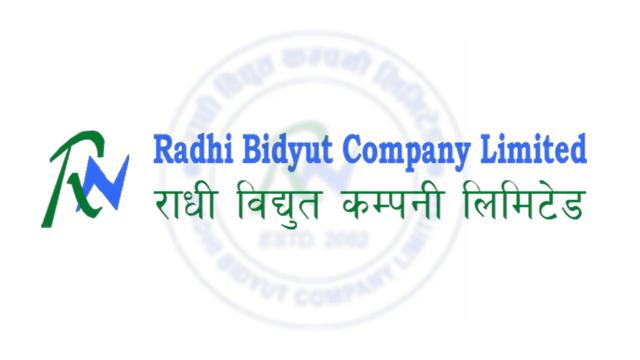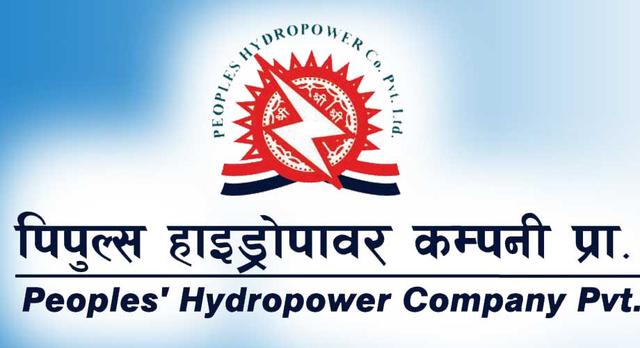Over NPR 454 Million Disbursed Under Returnee Youth Loan Scheme; NPR 132 Million Still Unrecovered
Author
NEPSE TRADING

The government’s flagship program aimed at helping returnee migrant workers reintegrate into the national economy appears to be losing momentum. According to data published by Nepal Rastra Bank, a total of 559 returnees have received loans under the Returnee Youth Enterprise Loan Scheme as of the end of Baisakh 2082. However, despite the policy intent, repayment progress remains weak.
The data shows that NPR 454.39 million has been disbursed so far, but a worrying NPR 132.9 million, or 29.3 percent, of the total loaned amount remains outstanding. This figure has raised concerns over the sustainability and monitoring of a program designed to convert foreign experience into local entrepreneurship.
A majority of the loans — over 93 percent — have been disbursed by Class A commercial banks, with 519 out of 559 borrowers accessing loans through them. In comparison, Class B banks have served just 33 individuals, and Class C banks only 7. Not a single loan has been issued by Class D institutions, exposing the program’s limited presence in rural and semi-urban areas where most returnees actually live.
While the objective behind the scheme is well-intentioned — to make returnees self-reliant and prevent re-migration — the ground-level implementation has been inconsistent. Many youth who received loans have struggled to start or sustain businesses. Some are operating at a loss, while others are suspected of misusing the funds for personal consumption or unproductive expenses.
The government’s intent was clear: offer returnees a chance to become entrepreneurs rather than going abroad again. However, gaps in post-loan monitoring, business evaluation, and repayment enforcement have weakened the initiative’s overall impact.
Many returnees have the drive to work, but lack business planning, market awareness, and technical skills. Without structured guidance, they are often unclear on how to effectively use the borrowed capital. Banks, meanwhile, have not been active in post-disbursement follow-up, leaving most borrowers on their own.
Experts warn that unless urgent steps are taken, the program could collapse under its own inefficiencies. They recommend the government:
Coordinate closely with local governments,
Partner with cooperatives for outreach and distribution,
Provide mandatory business training and technical support, and
Set up a robust follow-up and tracking system.
If these structural issues aren’t addressed, the program risks being remembered as another paper policy with no real outcomes.
While the Returnee Youth Loan Scheme has had some initial success in mobilizing credit, the current repayment gap and weak institutional support mechanisms point to deeper flaws. It’s not just about disbursing loans — it's about ensuring the funds are used productively and repaid responsibly.
If the government fails to act quickly, more than NPR 132 million already at risk may only be the beginning.



